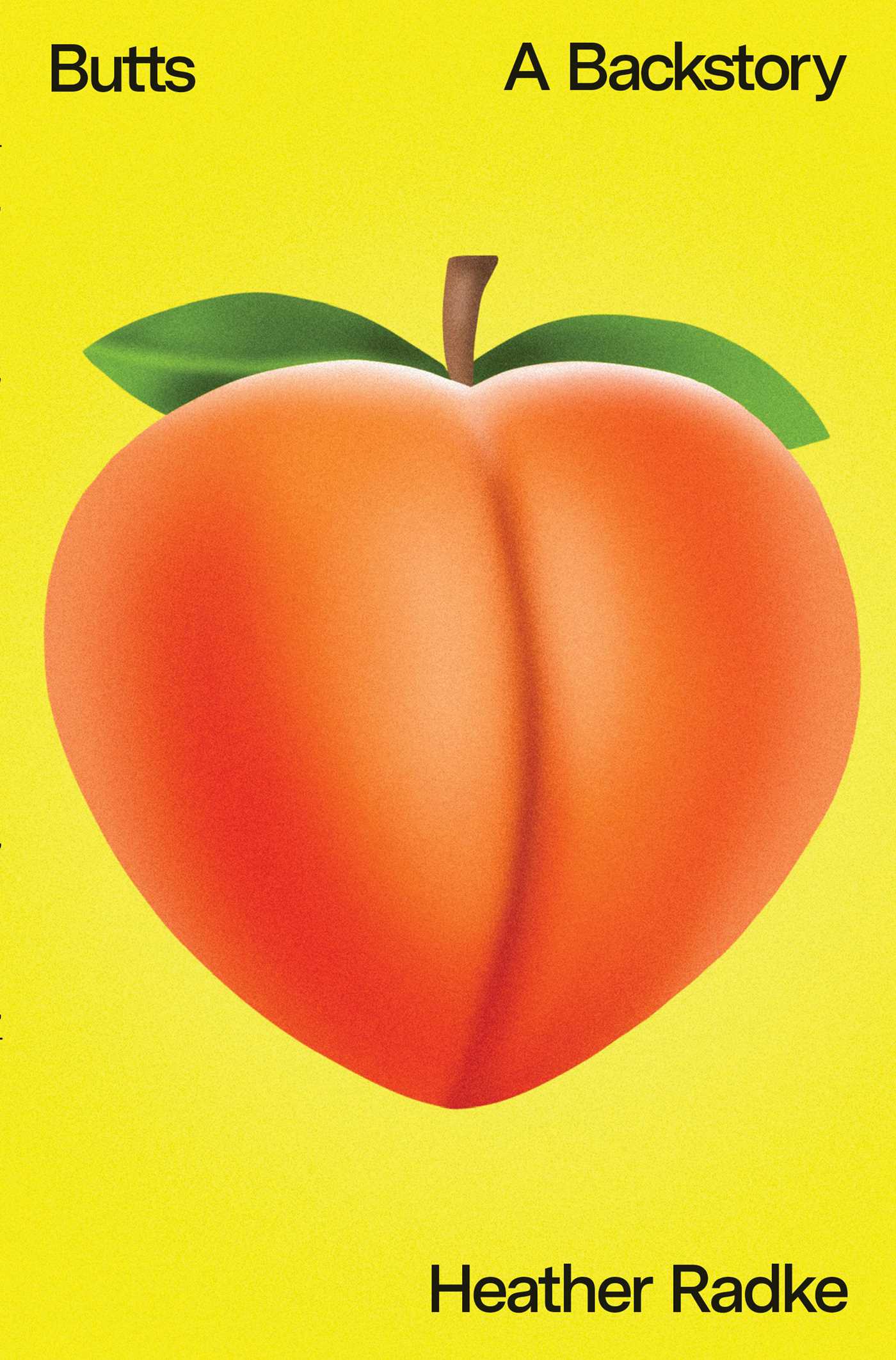What do you think?
Rate this book


311 pages, Hardcover
First published November 29, 2022
Butts, silly as they may often seem, are tremendously complex symbols, fraught with significance and nuance, laden with humor and sex, shame and history. WomenŌĆÖs butts have been used as a means to create and reinforce racial hierarchies, as a barometer for the virtues of hard work, and as a measure of sexual desire and availability. Despite (or perhaps because of) the fact that there is little a person can do to dramatically change the way their butt looks without surgical intervention, the shape and size of a womanŌĆÖs butt has long been a perceived indicator of her very nature ŌĆ� her morality, her femininity, and even her humanity.
Because of the power long held in science, politics, media, and the realms of culture and politics, white people, men, and straight people have always maintained an inordinate amount of influence and control over what meanings are applied to bodies. They have invented and enforced ideas of what is normal and what is deviant, what is ŌĆ£mainstreamŌĆ� and what is marginal. By looking closely at how people in power have constructed those meanings, my hope is that I will make visible something that often feels invisible: the deep historical roots of why women seem to have so many ŌĆ� and so many contradictory ŌĆ� feelings about their butts. I wanted to understand why butts have come to mean so much, when they could very well mean nothing at all.
In so many ways, butts ask us to turn away, to giggle with hot-faced shame and roll our eyes. When I started writing this book, I wondered what would happen if I instead turned my full attention toward the butt, if I investigated its history and asked butt experts and enthusiasts of all stripes ŌĆ� scientists, drag queens, dance instructors, historians, and archivists ŌĆ� serious questions about what butts are and what butts mean. In doing so, I found stories of tragedy, anger, oppression, lust, and joy. And I found that in our bodies, we carry histories.